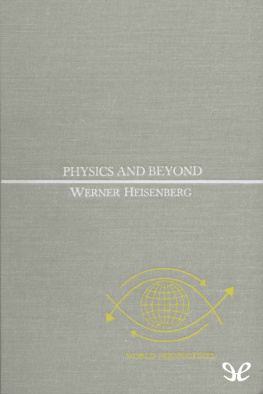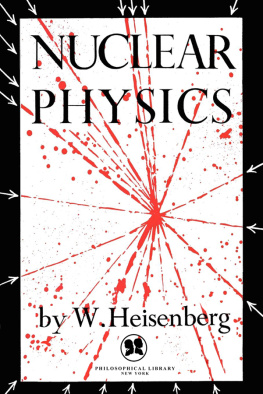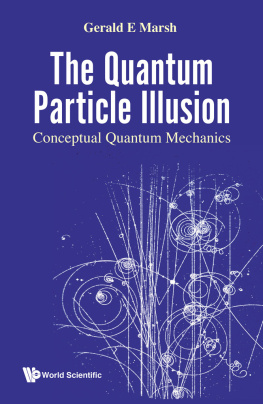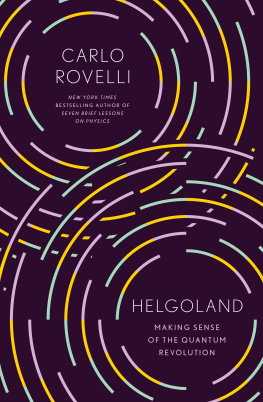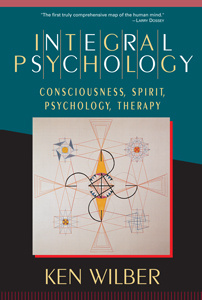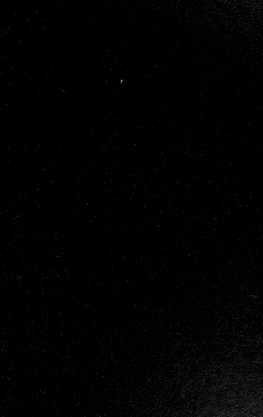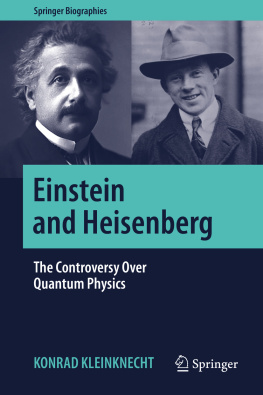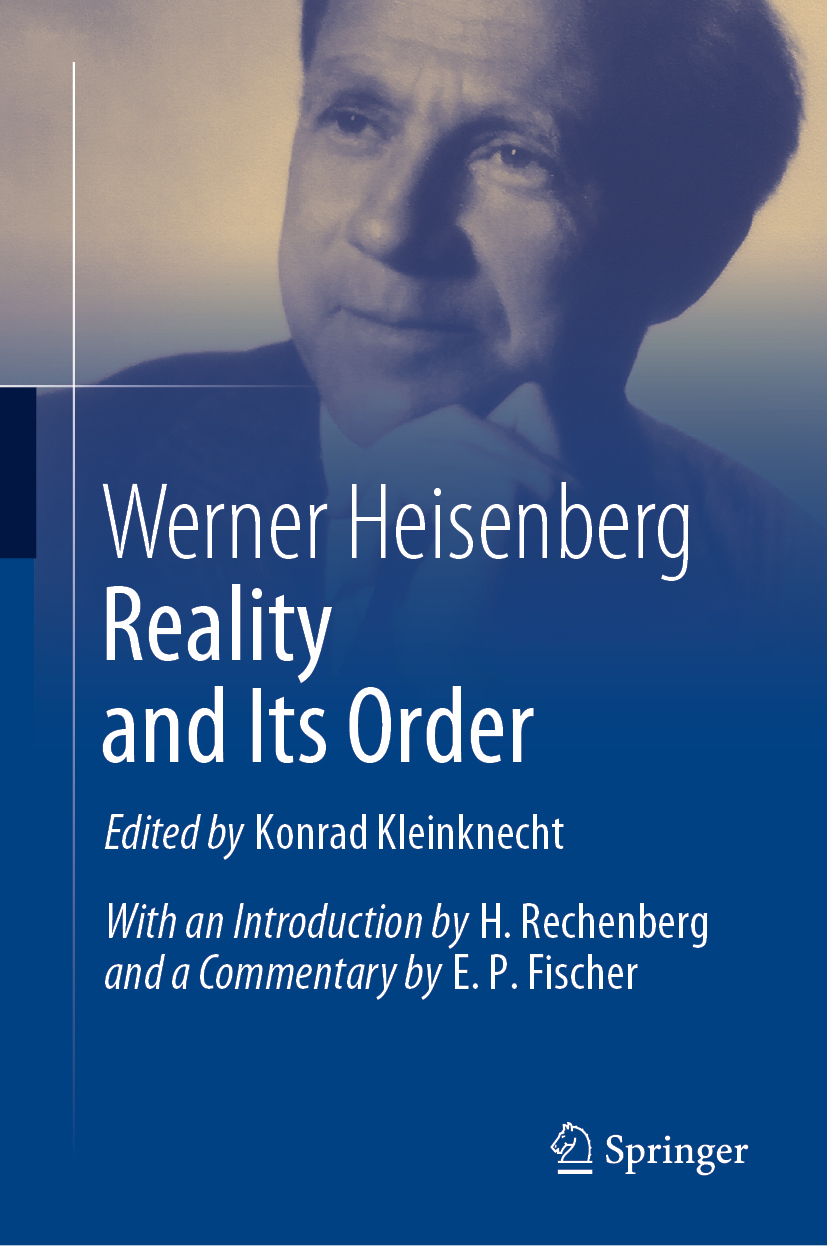Editor
Konrad Kleinknecht
Werner Heisenberg
Reality and Its Order
Translated from German by M. B. Rumscheidt, N. Lukens and I. Heisenberg
Editor
Konrad Kleinknecht
Heisenberg-Gesellschaft, Mnchen, Bayern, Germany
Werner Heisenberg
Mnchen, Germany
Translated by Martin B. Rumscheidt Nancy Lukens Irene Heisenberg
ISBN 978-3-030-25695-1 e-ISBN 978-3-030-25696-8
https://doi.org/10.1007/978-3-030-25696-8
Translation from the German language edition "Ordnung der Wirklichkeit by Werner Heisenberg Piper Verlag GmbH, 1994
Springer Nature Switzerland AG 2019
This work is subject to copyright. All rights are reserved by the Publisher, whether the whole or part of the material is concerned, specifically the rights of translation, reprinting, reuse of illustrations, recitation, broadcasting, reproduction on microfilms or in any other physical way, and transmission or information storage and retrieval, electronic adaptation, computer software, or by similar or dissimilar methodology now known or hereafter developed.
The use of general descriptive names, registered names, trademarks, service marks, etc. in this publication does not imply, even in the absence of a specific statement, that such names are exempt from the relevant protective laws and regulations and therefore free for general use.
The publisher, the authors and the editors are safe to assume that the advice and information in this book are believed to be true and accurate at the date of publication. Neither the publisher nor the authors or the editors give a warranty, expressed or implied, with respect to the material contained herein or for any errors or omissions that may have been made. The publisher remains neutral with regard to jurisdictional claims in published maps and institutional affiliations.
This Springer imprint is published by the registered company Springer Nature Switzerland AG
The registered company address is: Gewerbestrasse 11, 6330 Cham, Switzerland
Editors Preface
Werner Heisenberg, Nobel Prize winner for his discovery of quantum mechanics and one of the eminent scientists of the twentieth century, wrote this essay during the war years 1941/42. Only relatives and reliable friends obtained a copy, but he did not think of publishing it. Considering some of the contents, this would have been very dangerous in the political situation. Therefore, the text is a sketch without references. In this essay, Heisenberg summarizes his philosophical thoughts about nature and about the question how man can know what reality is.
On July 10, 1941, Heisenberg wrote to his wife Elisabeth: Towards evening I wrote on the private philosophy, and started the passage about the roses. I now write on these things with great enjoyment. Not always with a clear conscience, because, basically, I understand almost nothing of all these things. But since Bohr probably will not write down his thoughts, it is good that anyone who knows them is writing down what he makes of it. In Urfeld I could maybe seat myself at the little table in the bushes and also continue pursuing these thoughts.
After Heisenbergs death, the editors of his Collected Works (Gesammelte Werke) published this text under the title Ordnung der Wirklichkeit. It appeared in 1989 with Piper publishers and included an introduction by Helmut Rechenberg. The Heisenberg Society issues here a new edition, for the first time in English, and with the addition of a commentary on the literary, musical, philosophical and historical background. The commentary is written by the science historian Ernst Peter Fischer. The citations [C1], [C2], etc. in Heisenbergs text alert the reader to the existence of a related comment.
The Heisenberg Society is grateful to the Heisenberg family for their permission to publish this new edition. In particular, Irene and Jochen Heisenberg have contributed in many ways to the genesis of this work, and our sincere thanks go to them. Likewise, we thank Max Rechenberg for allowing us to include the introduction by his father, Helmut Rechenberg, written in 1988. We also acknowledge the excellent work of the translators M. B. Rumscheidt and N. Lukens. For editing the book and her ever-friendly collaboration we thank Angela Lahee.
Konrad Kleinknecht
Mnchen, Germany
June 2019
Contents
Helmut Rechenberg
Werner Heisenberg
Ernst Peter Fischer
Author and Editor
About the Author
Werner Heisenberg
(born 1901 in Wrzburg/Germanydied 1976 in Mnchen) is one of the leading scientists of the twentieth century, inventor of quantum mechanics and Nobel Prize Winner. Heisenberg studied physics with Arnold Sommerfeld in Munich and with Max Born in Gttingen and worked as an assistant to Niels Bohr in Copenhagen. On the island of Helgoland in 1925, he made the breakthrough to a theory of the atom, dubbed Quantum Mechanics. In 1927, he found that in the atomic world, there are limits to our knowledge, which he specified as the Uncertainty Relation. In 1933, he received the Nobel Prize as creator of the theory of Quantum Mechanics. From 1945, he was director of the Max Planck Institute for Physics and president of the Humboldt Foundation.
About the Editor
Konrad Kleinknecht
(born 1940 in Ravensburg) is professor of experimental Physics at the Johannes-Gutenberg University of Mainz and member of the excellence cluster Universe at the Ludwig-Maximilians-Universitt Mnchen. He has worked at the universities of Heidelberg, Dortmund, Mainz and Munich, at the European Laboratory for Elementary Particle Physics CERN in Geneva/Switzerland, Caltech in Pasadena and Fermilab near Chicago and gave the Loeb lectures at Harvard. His work on elementary particle physics has been recognized by numerous awards.
Springer Nature Switzerland AG 2019
K. Kleinknecht (ed.) Reality and Its Order https://doi.org/10.1007/978-3-030-25696-8_1
Introduction
Physicist Werner Heisenberg (19011976) is one of the great natural scientists who have given shape to how the world will view itself beyond the twentieth century. He succeeded in establishing the point of departure of todays quantum mechanics and made specific contributions to the effective description of atoms and molecules. His indeterminacy relations provided the key to the physical-epistemological interpretation of this new theory. Finally, he did decisive pioneer work in the expansion and coordination of quantum and relativity theory. Above all, he confronted problems of the innermost structure of matter. He was engaged, in other words, in what we today call nuclear and elementary particle physics.
In lectures and articles Heisenberg frequently took a position on questions that went beyond the narrower boundaries of his scholarly specialty. He particularly sought to make the findings of modern physics, its epistemological foundations and philosophical conclusions accessible to a broader public. This led to individual publications as well as collections of articles with such titles as


